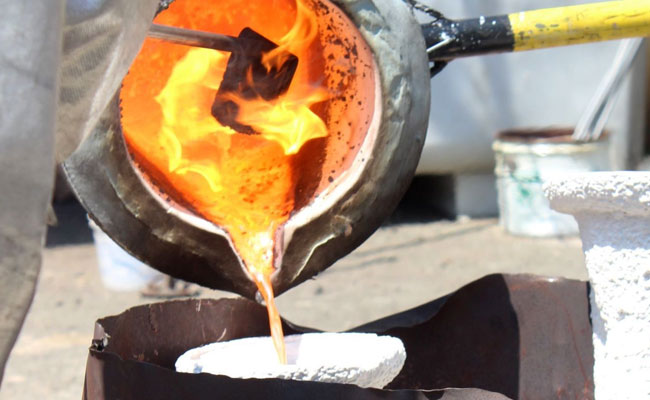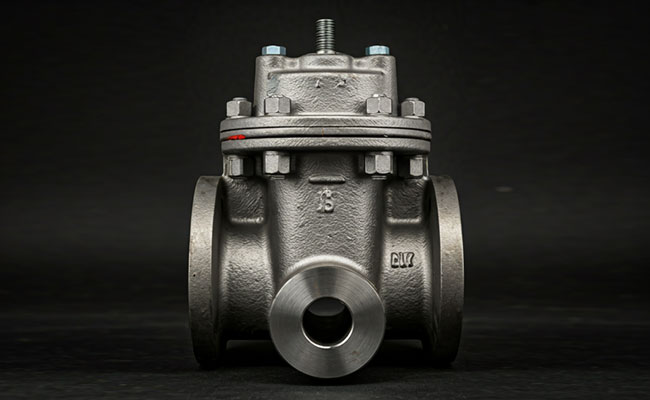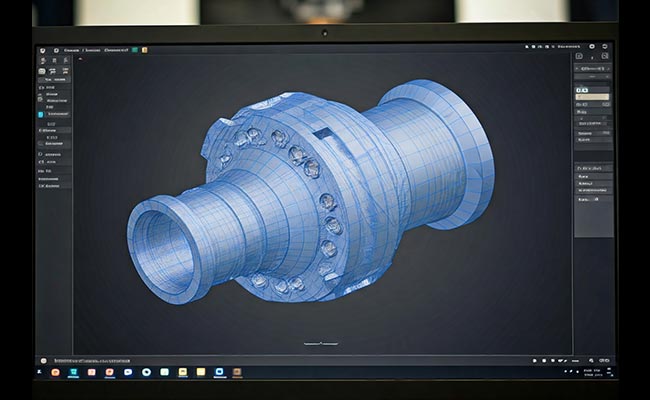
Recent Trends in aluminum pricing
2024-04-24
Recent Trend in Iron Casting Part II
2024-05-21In recent years, the iron casting industry has witnessed several notable trends that have reshaped traditional practices, influenced by technological advancements, market demands, and sustainability concerns. This essay aims to explore these recent trends and their impact on the iron casting landscape.
One significant trend in iron casting is the increasing utilization of advanced materials and alloys. While traditional cast iron remains a staple in many applications due to its affordability and versatility, there’s a growing demand for high-performance alloys with enhanced mechanical properties and corrosion resistance. Manufacturers are investing in research and development to create new alloy formulations tailored to specific industrial needs, whether it be in automotive, aerospace, or energy sectors. These advanced materials not only offer improved performance but also open up opportunities for innovation in product design and engineering.

Moreover, there’s a noticeable shift towards precision casting and tighter tolerances in the industry. As industries demand components with higher complexity and accuracy, foundries are investing in technologies such as computer numerical control (CNC) machining, robotic finishing, and advanced metrology equipment. These technologies enable foundries to produce intricate castings with minimal post-processing, reducing lead times and improving overall quality. The ability to achieve tight tolerances and surface finishes has expanded the applications of iron casting into sectors such as medical devices, where precision is paramount.
To be Continued…



